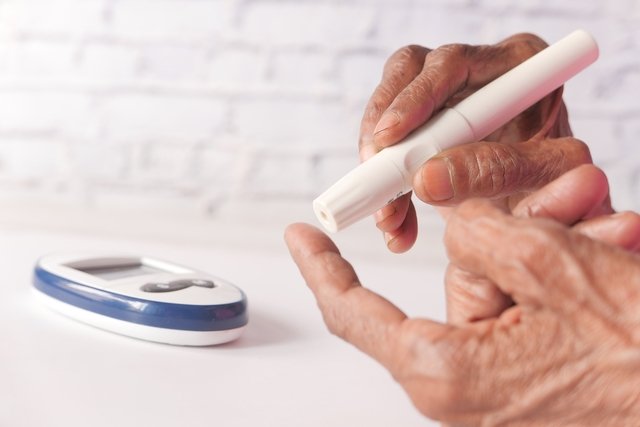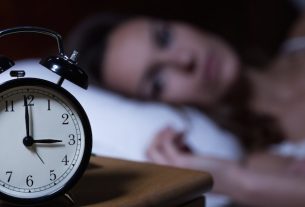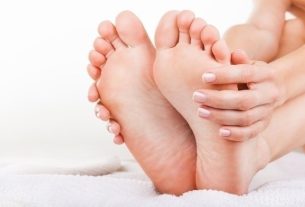Hypoglycemia happens when blood sugar levels get too low, usually below 70 mg/dL.
This situation is more common in people with diabetes, who use medications to lower blood sugar levels, especially when they are used in the wrong dose or outside of the recommended time. However, it can also happen when you go too long without eating, when you drink too much alcohol or when you do very intense physical activity.
Sometimes, hypoglycemia can be confused with low blood pressure, however, both situations can be differentiated by the symptoms and the moment in which they appear. See how to differentiate low blood pressure from hypoglycemia.

Main symptoms of hypoglycemia
The most common signs and symptoms of hypoglycemia are:
- Hunger and weakness;
- Nausea;
- Sweat;
- Dizziness;
- Somnolence;
- Tingling or numbness in the lips and tongue;
- Trembling;
- Chills;
- Irritability and impatience;
- Anxiety and nervousness;
- Changes in mood;
- Mental confusion;
- Headache;
- Heart palpitations;
- Lack of coordination in movements;
- Seizures;
- Fainting.
These symptoms can occur at any age, but are more common in people with diabetes, when it is more difficult to maintain control of blood sugar levels.
How to confirm if it is hypoglycemia
To find out if it is hypoglycemia, it is important to carry out a blood glucose test, which measures the concentration of sugar in the blood, and the test can be carried out on an empty stomach or not, according to the doctor’s instructions.
This test can be carried out by collecting a blood sample in the laboratory or using a glucometer, which is a portable device in which a small blood sample is collected from the tip of the finger, with the result indicated in a few seconds. In general, hypoglycemia is considered when sugar levels are less than 70 mg/dL. Find out more about tests to assess blood glucose.
What to do
When you feel the first symptoms or identify someone with signs of hypoglycemia, you should sit down and offer foods rich in sugar or easily digestible carbohydrates, such as 1 glass of fruit juice, half a glass of water with 1 tablespoon of sugar or 1 sweet bread, for example. After 15 minutes, check whether symptoms have improved and, if possible, measure blood glucose. If the result is still below 70 mg/dl or if symptoms persist, you should go to the emergency room for medical help.
If during this period, the person faints, medical help should be called immediately and a sugar paste made with a few drops of water should be rubbed on the inside of the cheeks and under the tongue. This technique helps ensure rapid absorption of sugar and also avoids the risk of choking that can arise when giving sugar water. See what to do in case of hypoglycemia.
Bibliography
- WEBMD. Hypoglycemia (Low Blood Sugar). Available at: <https://www.webmd.com/diabetes/hypoglycemia-overview#1>.
- NIDDK-NIH. Low Blood Glucose (Hypoglycemia). Disponível em: <https://www.niddk.nih.gov/health-information/diabetes/overview/preventing-problems/low-blood-glucose-hypoglycemia>. Acesso em 30 jul 2019
- MAYO CLINIC. Hypoglycemia. Disponível em: <https://www.mayoclinic.org/diseases-conditions/hypoglycemia/symptoms-causes/syc-20373685>. Acesso em 30 jul 2019

Sign up for our newsletter and stay up to date with exclusive news
that can transform your routine!
Warning: Undefined array key "title" in /home/storelat/public_html/wp-content/plugins/link-whisper-premium/templates/frontend/related-posts.php on line 12
Warning: Undefined array key "title_tag" in /home/storelat/public_html/wp-content/plugins/link-whisper-premium/templates/frontend/related-posts.php on line 13




